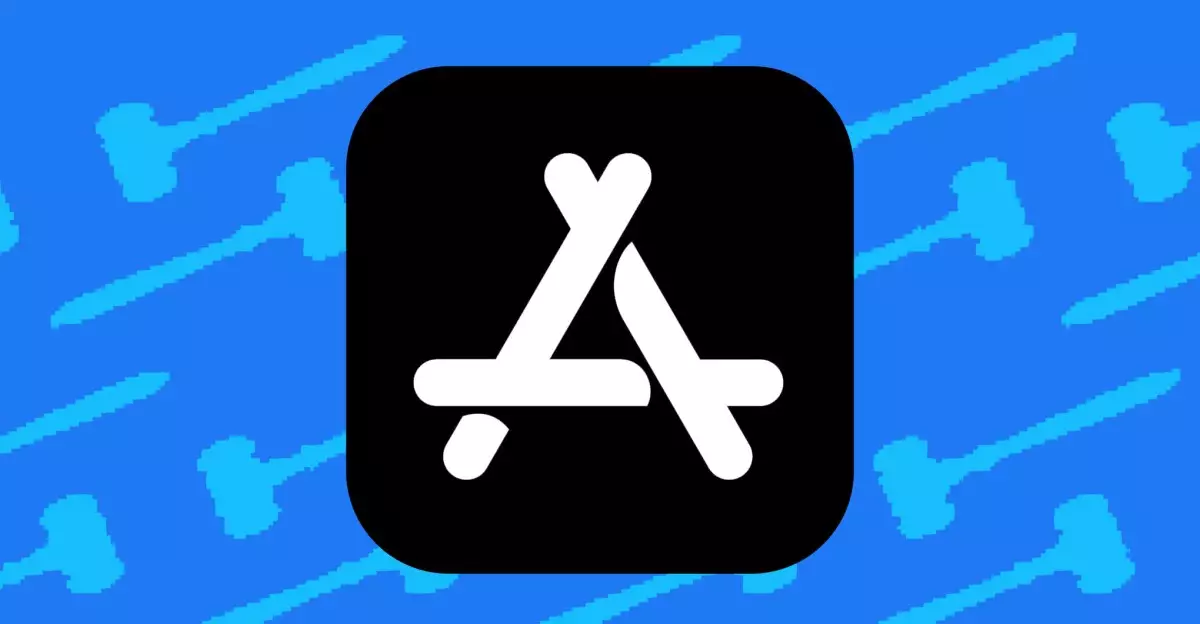In a calculated effort to align itself with the stringent regulations imposed by the European Union, Apple has unveiled a radical restructuring of its App Store fee system. This initiative is not merely a tactical move, but rather a response to the recent legal pressures characterized by the EU’s Digital Markets Act (DMA). By introducing a tiered fee structure, Apple aims to navigate the turbulent waters of compliance while maintaining a firm grip on its revenue streams. However, whether this approach genuinely benefits developers or primarily serves Apple’s interests remains to be seen.
The Structure of New Fees: A Double-Edged Sword for Developers
Apple’s new App Store fee provisions introduce a two-tier system that is particularly noteworthy. Tier 1 grants developers access to basic App Store functionalities for a reduced commission of 5 percent on in-app purchases. This may seem appealing initially; however, it’s important to discern the stark limitations imposed. Developers opting for this cheaper tier are deprived of essential features like automatic updates and advanced promotional tools. Consequently, while they save on commissions, they simultaneously handicap their capability to compete effectively in an increasingly crowded market.
In contrast, Tier 2 offers a more comprehensive suite of App Store features for a higher commission of 13 percent. This has raised eyebrows in the developer community, particularly among those who have benefited from the existing framework. As Epic Games CEO Tim Sweeney noted, the inherent limitations tied to the lower tier could discourage developers from pursuing it. The question arises: will these changes empower developers or foster an environment where they find themselves at a disadvantage?
Core Technology Commission: A Complicated Layer of Compliance
Adding another layer of complexity is the introduction of the Core Technology Commission (CTC). The CTC imposes a 5 percent commission on external purchases made within apps available on the App Store. Furthermore, developers previously aligned with Apple’s alternate business terms will continue to face a €0.50 charge per download once their annual installs exceed 1 million. This dual-fee structure raises concerns regarding its implications for smaller developers aiming to expand their user base without incurring substantial costs.
As Apple anticipates transitioning to a singular business model by January 1, 2026, developers are kept in limbo while navigating shifting financial commitments. The eventual replacement of the Core Technology Fee with the CTC compounds the uncertainties developers face in planning their financial and operational strategies. Are these measures genuinely meant to facilitate smoother operations for developers, or do they serve as a smokescreen to obscure the underlying financial burden?
The Timing and Intent Behind the Changes
Apple’s announcement comes in the wake of significant financial repercussions imposed by the EU, including a hefty €500 million penalty and additional scrutiny regarding its restrictive practices. The European Commission’s ruling indicated that Apple’s anti-steering practices, which hindered developers’ ability to guide users toward external purchasing options, were in violation of the DMA. This pivotal moment has forced Apple to reconsider its long-standing practices—to what extent is this reform genuine versus reactive?
The company’s intention to appeal the penalty suggests a reluctance to fully acquiesce to EU demands, undermining the notion that these new changes stem from a commitment to improving developer conditions. It poses a critical dilemma: is compliance merely a tactical obstacle for Apple to avert larger financial liabilities, or is it the dawn of a new era of more equitable interactions within the app ecosystem?
Future Implications: A Fork in the Road for the App Industry
The efficacy of Apple’s new strategy remains speculative at best. The changes signal a significant shift in the app landscape, yet they also raise questions about sustainability and competitiveness. As developers assess the practicality of navigating this newly minted fee structure, the long-term impacts on innovation and market dynamics remain uncertain.
Ultimately, Apple’s strategy to overhauling its fee architecture under duress reveals a complicated interplay of compliance, financial incentive, and developer relations. The app economy is at a pivotal crossroad, and how Apple continues to address developer concerns will significantly determine its role in the future of digital marketplaces. As the EU evaluates Apple’s proposed measures, one wonders if they will lead to constructive progress or simply further entrench the status quo of corporate dominance.

